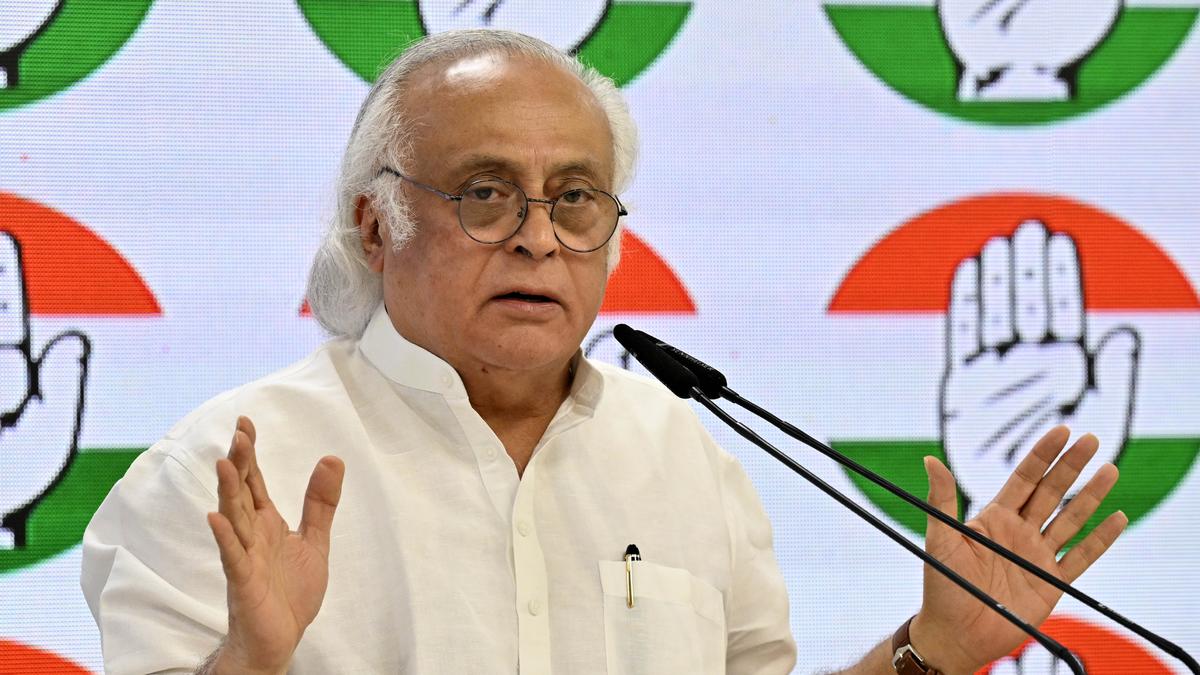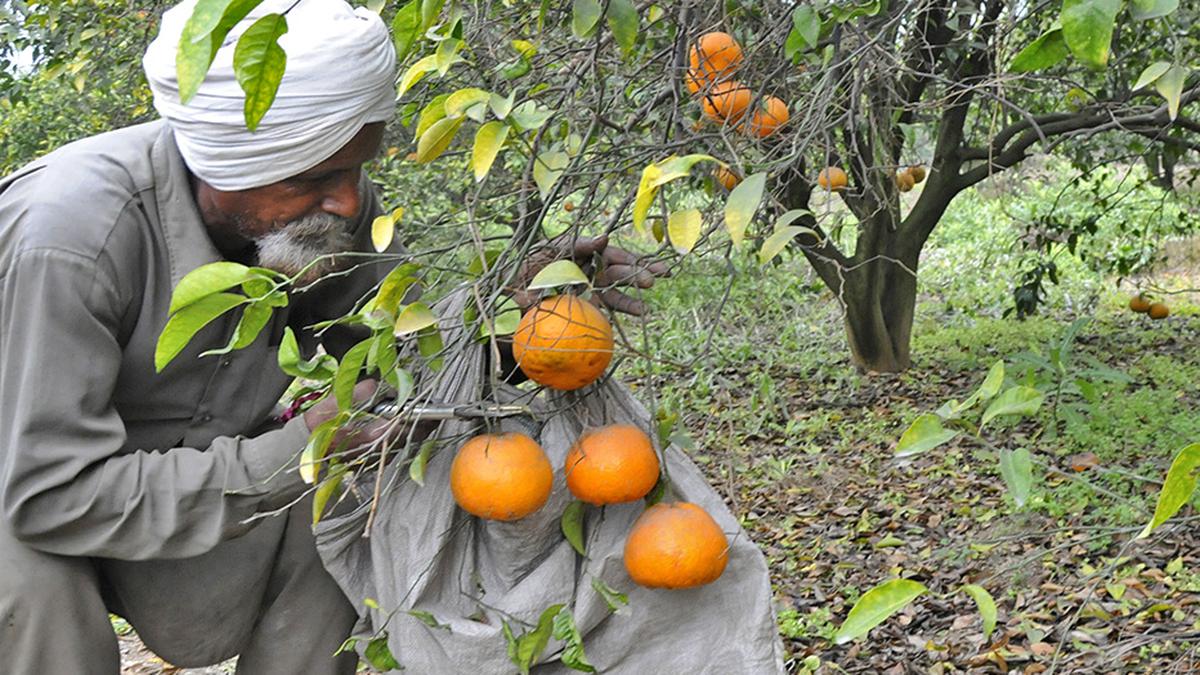
Of the Rs 2.3 lakh crore of loans outstanding for rural customers, 6.4% were overdue by more than 30 days. Image for representational purposes. File
| Photo Credit: Shashi Shekhar Kashyap
The rate of delinquencies of microfinance loans rose sharply in 2024-25, according to the latest report by microfinance self-regulatory body Sa-Dhan. The percentage of microfinance loans that were more than 30 days overdue increased to 6.2% from 2.1% in 2023-24.
Similarly, the share of loans more than 90 days overdue increased to 4.8% by the end of March 2025 as compared to 1.6% in the previous year. Among the States, Bihar performed the worst, not only accounting for the highest amounts of loans outstanding, but also the highest rates of default on these loans.
“Delinquency levels have risen across the industry,” the 2025 edition of the annual Bharat Microfinance Report by Sa-Dhan said. “The Portfolio at Risk (PAR) 30+ days past due (dpd) surged to 6.2%, up significantly from 2.1% in the last financial year.”
“State-wise data further corroborate this upward trend in delinquency across the industry,” the report added.
According to the data, Bihar had Rs 57,712 crore worth of microfinance loans outstanding as of March-end 2025. Of these, 7.2% were more than 30 days overdue as compared to the national average of 6.2%. About 4.6% of the loans were overdue by more than 90 days, the conventional benchmark used to categorise a loan as a non-performing asset.
The data also showed that rural borrowers fared the worst in terms of loan repayment. Of the Rs 2.3 lakh crore of loans outstanding for rural customers, 6.4% were overdue by more than 30 days, compared to 6.1% and 6% for semi-urban and urban borrowers, respectively.
Similarly, the proportion of loans more than 90 days overdue was 3.7% for rural borrowers, as compared for 3.2% for both semi-urban as well as urban borrowers.
Published – October 10, 2025 06:54 pm IST

